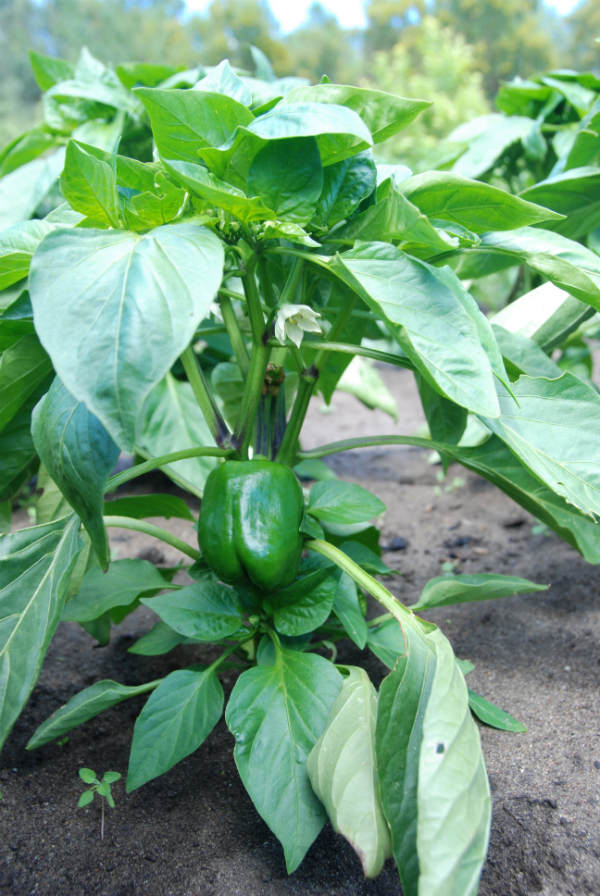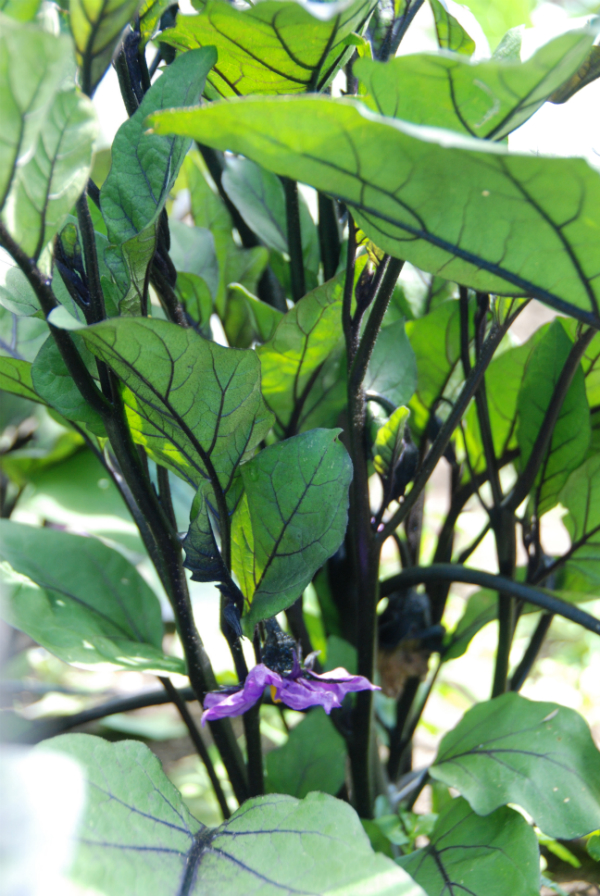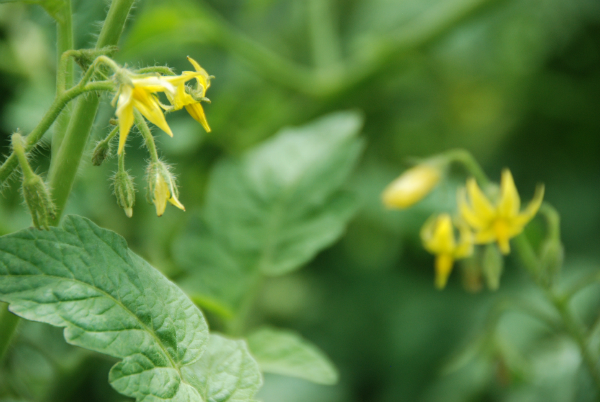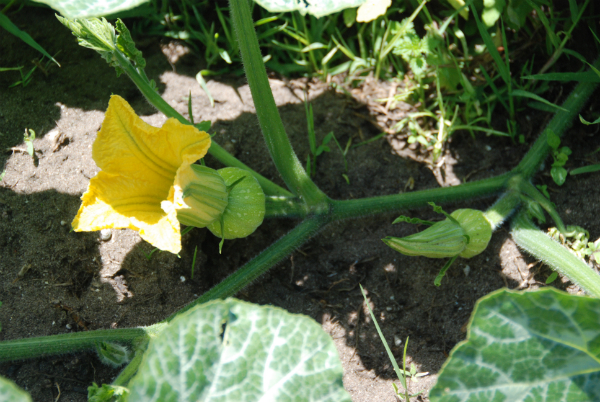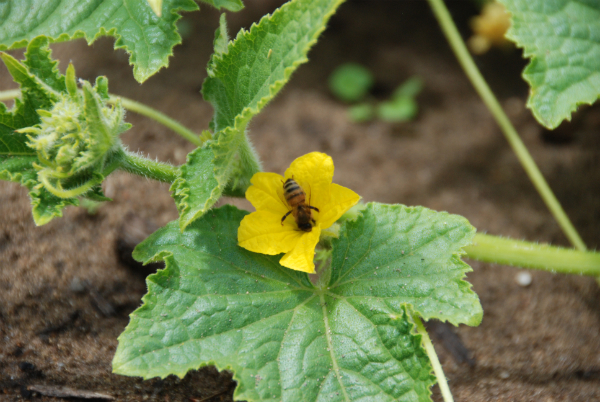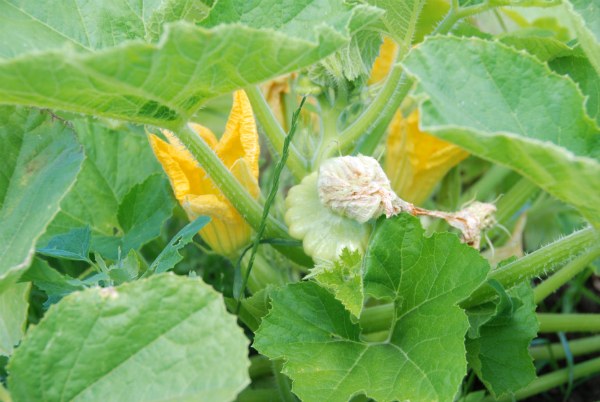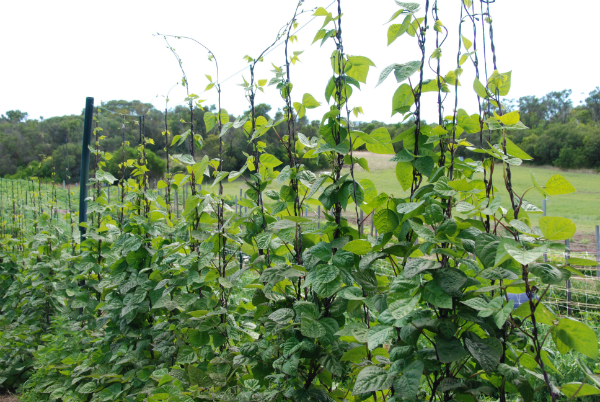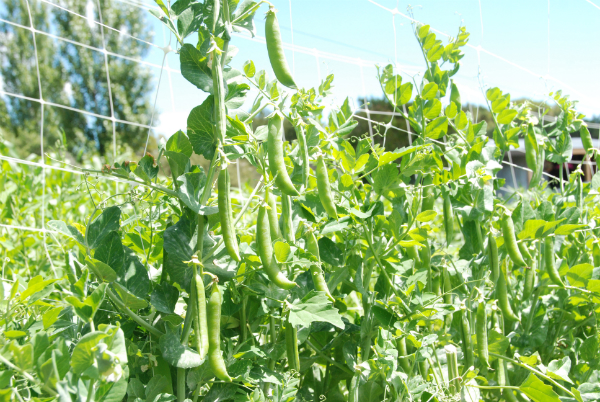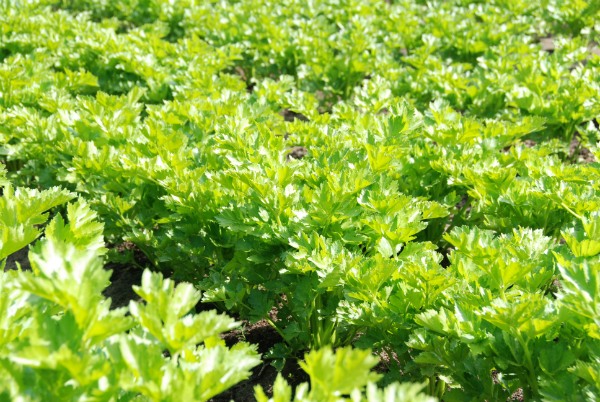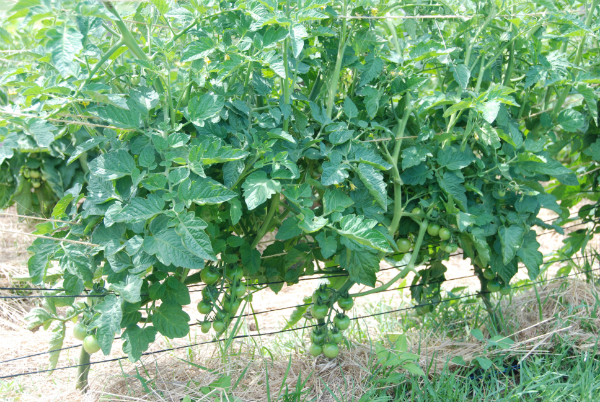Blossoms and Bees
/Day length and bees...as we approach the summer solstice and spring farming is slowly moving into summer farming, my thoughts drift back to day light and bees. Many of the typical summer crops begin as flowers - tomatoes, capsicums, beans, peas, eggplant, cucumbers, pumpkins, and zucchini, to name a few. Fruit as well with apple, pear, cherry, plum, peach, nectarine, apricots, strawberries, raspberries, and many more blossoms that through pollination start to become fruit. Each year I marvel as to how those flowers move from buds to blossoms to itty bitty fruits and then grow into the crops we harvest and eat.
Some flowers are self fertile - they contain both the male and female part and can be pollinated just with wind. Tomatoes, capsicum, eggplant, peas, beans fall into this class.
For the zucchini, pumpkins, cucumbers and melons, though, each plant has a profusion of male and female flowers. Without bees to visit the male flower and then the female flower and distribute to pollinating pollen, the fruit that clings to the female flower turns yellow and falls off. Humans could hand pollinate every fruit and seed savers do this to ensure a seed true to the variety. But as a farmer I think why spend my time doing a job when bees are far more efficient. Isn't it amazing though to think that each zucchini, cucumber and pumpkin we eat has been made through the efforts of a bee!!
There has been a profusion of growth in the past weeks.
The daylight always amazes me at this time of year...16 hours of it. The birds are so busy everywhere. And the onions have received the earth's message to bulb up! Onions are very sensitive to light and each variety responds to a different number of daylight hours. Once that magic number is reached, they turn their energy towards making a big bulb as opposed to growing more leaves. Another amazing plant fact! The onions that bulb in Queensland need fewer daylight hours then the ones here in Victoria because our early summer days are longer.
We have settled into a nice rhythm of harvesting, weeding, seeding and planting while still fitting in weekly seaweed applications and biodynamic sprays. We may apply 500 in the summer but the one last week may be our last until autumn. I am never sure and we are eager to really kick start the new land. We will continue to apply 501, with another application to boost plant health happening Saturday morning. 501 is ground quartz crystal. It helps the plant's ability to use light, helps plants with the uptake of minerals and also helps plants to repel fungal infections. With the humid moisture in the past weeks, we have been making herb brews to help coat the plants leaves with silica so that the increase in moisture does not bring an increase in diseases like powdery mildew and blights.
We wrote a post about our new packing shed. The shed was completed the day before our open day and it has been invaluable to ensuring all the produce grown arrives to members in the freshest condition.
Happy Summer Solstice! May light and peace fill you and your families in the New Year.


